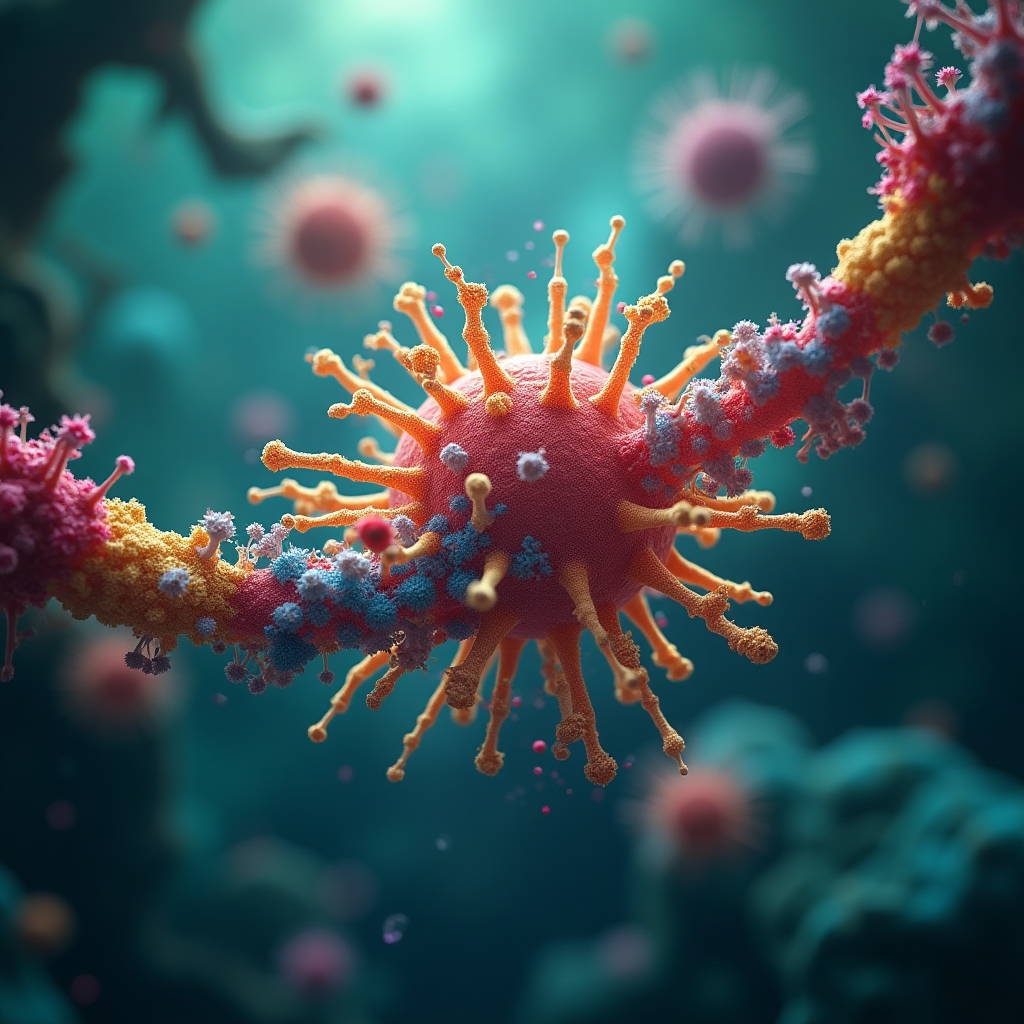Strolling through a quiet park in Montreal, an elderly cat pauses to sniff a fallen leaf. It meanders away from its owner, seemingly forgetting the way home. Unbeknownst to many, this cat’s rambling journey mirrors an unsettling truth about a condition shared by millions of humans—dementia.
In Summary
- 🐱 Cats naturally develop dementia with brain changes similar to Alzheimer's in humans.
- 🔬 Brain support cells may contribute to synapse loss in both cats and humans.
- 📚 New studies suggest cats as models could aid Alzheimer’s research.
- ❤️ Recognition and management of dementia symptoms in cats can improve their quality of life.
According to a recent study, like their human counterparts, cats may also wander down the path of dementia, marked by strikingly similar brain changes. These insights present an unexpected potential: using our feline friends as a natural model to unlock treatments for Alzheimer’s (ScienceDaily).
The Unlikely Link Between Cats and Alzheimer’s
Aging in cats can bring about changes akin to Alzheimer’s disease in humans. Just as humans face toxic amyloid-beta protein build-up, cats exhibit the same phenomenon, often coupled with the inevitable loss of synapses—crucial connections in the brain that facilitate communication between nerve cells. What’s astounding is how significantly these changes mimic the human experience, suggesting that our feline companions might just hold the key to unlocking new therapies.
Exploring the Science: What We Know So Far
Diving into the biology, the parallels between feline and human brain changes are more than coincidental. Similarities in amyloid plaques and the inevitable degradation of brain tissue have caught the attention of researchers. According to the study on ScienceDaily, the role of astrocytes, or supportive brain cells, could play a part in synapse loss, offering new avenues for exploration.
In cats, these cells might over-activate, leading to increased inflammation and damaging synaptic bridges that connect nerve signals, an action paralleled in Alzheimer’s development. Understanding this could not only advance feline care but unlock therapeutic strategies for human patients.
How Cats Could Lead to Alzheimer’s Breakthroughs
Imagine a potential revolution in Alzheimer’s research propelled by domestic cats. By delving into the cat’s brain, scientists can draw parallels and test treatments that might otherwise be overlooked in human-centric studies. Here’s how they could uniquely contribute:
- Natural Models: Unlike artificial models often used in labs, cats provide naturally occurring examples of dementia.
- Shared Health Care: Treatments discovered for one species might benefit the other, creating a twofold impact.
- Cost-Effective Research: Utilizing existing pet populations as study subjects could lower expenses and risks associated with lab experiments.
Empowering Cat Owners
For cat lovers residing in New York or Chicago, being able to recognize dementia symptoms early could transform how we manage our aging feline companions. Changes in behavior such as disorientation, altered sleep patterns, or unusual aggression can signal underlying issues.
Taking proactive steps—like consulting a veterinarian well-versed in these signs—can make all the difference. As research progresses, tools and medication derived from this understanding may also reflect back, potentially aiding human sufferers.
For instance, creating a predictable environment, ensuring regular veterinary check-ups, and considering dietary supplements available on Amazon could help ease a cat’s transition into its golden years with dignity and comfort.
Bridging Health Across Species
The implications of feline dementia go beyond veterinary offices and into our broader efforts to tackle human neurological diseases. By supporting research, adopting older cats, or simply spreading knowledge—citizens in London and across the globe could partake in this vital health conversation.
Consider joining local pet initiatives or even funding research that targets this intertwined health issue. Organizations like the Alzheimer's Association and veterinary colleges could provide robust paths for engagement beyond merely adoption or pet care.
A Bright Future for All
As this fascinating field of study expands, questions linger: What if a beloved pet holds the answer to improving the human condition? Could the key genetic codes locked inside a tabby’s brain unlock novel Alzheimer’s treatments for people and pets alike?
We invite you, our readers, to share your thoughts in the comments below. Consider joining us at iNthacity—becoming a citizen of the "Shining City on the Web"—and partake in meaningful conversations about life, health, and hope.
And remember, whether it’s an elderly tabby purring on your lap or a heartwarming breakthrough in a lab, some of the best things come when we least expect them. Here’s to our furry companions leading us into a hopeful tomorrow.
Disclaimer: This article may contain affiliate links. If you click on these links and make a purchase, we may receive a commission at no additional cost to you. Our recommendations and reviews are always independent and objective, aiming to provide you with the best information and resources.
Get Exclusive Stories, Photos, Art & Offers - Subscribe Today!
























Post Comment
You must be logged in to post a comment.